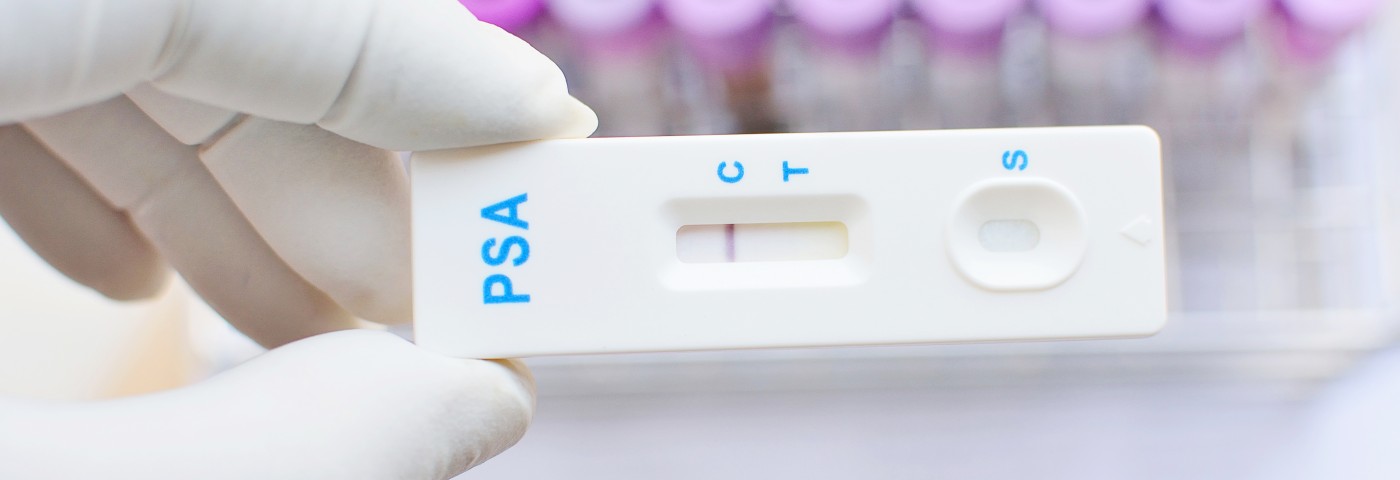Among patients with high-grade prostate cancer, new research has found that very low prostate-specific antigen (PSA) levels may be associated with a higher risk for cancer-specific death. The research, presented in a paper titled “Association of very low prostate-specific antigen levels with increased cancer-specific death in men with high-grade prostate cancer,” was published in the journal Cancer.
The PSA test measures the levels of this protein produced in prostate gland cells. It was approved by the U.S. Food and Drug Administration in 1994 to test asymptomatic men for prostate cancer, as PSA levels are usually elevated in men with the disease (higher than 4.0 ng/mL). However, elevated PSA levels can be caused by other conditions, such as prostatitis and benign prostatic hyperplasia (BPH). Moreover, studies have found that some men with a prostate cancer diagnosis had PSA levels below 4.0 ng/mL, according to the National Cancer Institute. “An elevated PSA level is a well-known adverse clinical feature and is associated with a poor prognosis. Nevertheless, high-grade disease is found even at PSA levels less than 4 ng/mL, and up to 10% of prostate tumors produce very small amounts of PSA,” wrote study author Dr. Paul L. Nguyen, MD, associate professor of radiation oncology at Harvard Medical School and director of prostate brachytherapy and clinical trials for genitourinary radiation oncology at Dana-Farber Cancer Institute, according to a news release.
Here, the researchers identified 250,986 men diagnosed with high-grade prostate cancer, selected through the Surveillance, Epidemiology, and End Results (SEER) database, to determine if very low levels of PSA correlated with a higher risk of prostate cancer mortality in men with a Gleason score (GS) of 8 to 10, a grading system that uses samples from prostate biopsies. Prostate cancer patients, diagnosed between 2004 and 2010, were followed through a medium time of 38 months. Using a multivariate regression analysis, researchers determined disease specific mortality as a function of Gleason score and PSA levels. Results showed that among men with a high Gleason score, the hazard ratio (HR) for prostate cancer–specific mortality in men with a PSA level of ≤ 2.5 ng/mL, 2.6 to 4 ng/mL, 10.1 to 20 ng/mL, 20.1 to 40 ng/mL and > 40 ng/mL was of 2.15, 1.60, 1.60, 2.08 and 3.23, respectively. The researchers also identified a strong interaction between PSA levels and Gleason score, with a PSA level ≤ 2.5 ng/mL significantly predicting a poorer prostate cancer–specific mortality among patients with GS 8-10 cancer.
“Despite its potential limitations, this study provides strong evidence to support the notion that low PSA levels in Gleason score 8 to 10 disease may be a sign of underlying aggressive and extremely poorly differentiated or anaplastic low PSA-producing tumors. Clinicians should be aware of these findings, and patients with low-PSA, Gleason score 8 to 10 disease should be considered for systemic staging and clinical trials studying the use of chemotherapy and other novel agents for very high-risk prostate cancers,” the researchers concluded.

